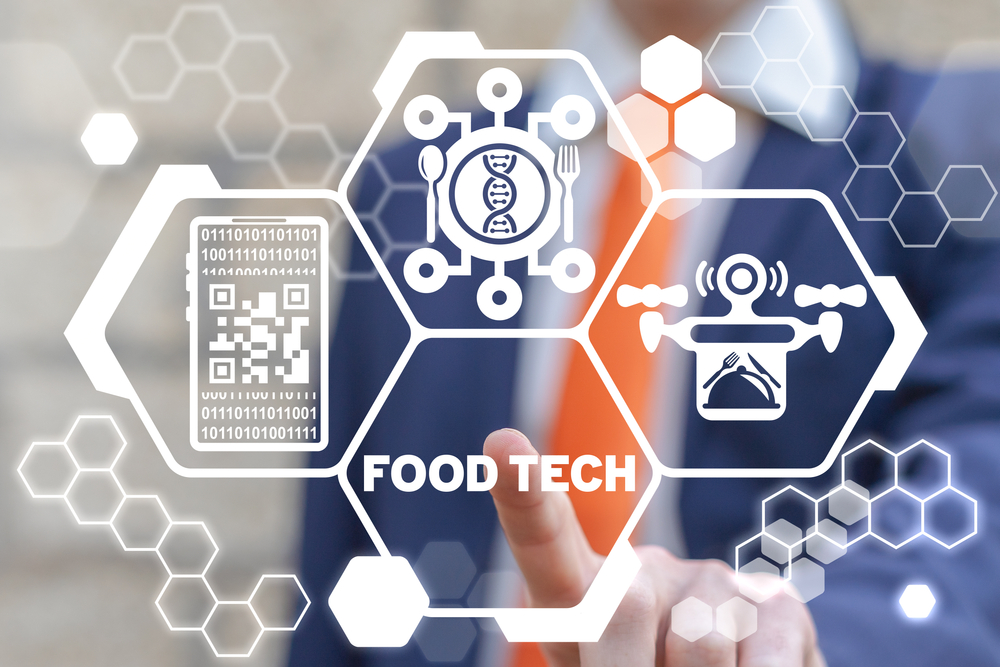According to the National Restaurant Association, 30% of restaurants, or roughly one in three, fail in their first year. Advertising is tough. Getting and holding on to competitive talent that owners can afford, managing inventory, managing staff, and drawing in sufficient numbers of customers are all easier said than done. Worse still are the notoriously thin profit margins. Add to that the often business-crushing difficulties associated with pandemics, and it’s a wonder anyone even goes into the food service business.
But over the last two years, technology has been given a rapidly growing role in the business. Information tech has kept restaurants alive where they would have otherwise withered on the vine. One of the most interesting applications of information technology of late has been Artificial Intelligence in restaurant management.
AI & Machine Learning in the Restaurant Industry
The restaurant business is about smell, touch, taste, appetites, and more than anything else, it is about people. The nature of the industry makes it tough to foresee problems and manage day-to-day business concerns effectively. Most food service teams that pull it off do so by the skin of their teeth. But many proprietors say that the dispassionate calculations of AI and machine learning can make a difference, and the studies seem to agree.
Error Reduction
Everyday human error is one of the biggest sources of loss in food service. Miscalculating how much will be needed for a given period, party, or what have you, is very challenging. AI can offer a lot of guidance in these areas, utilizing modeled use cases to determine how much should be bought, used, and stored.
Cutting Costs
Using other forms of task modeling makes it possible to automate most, if not all, basic tasks. It is particularly good at handling online order taking and reservation making, allowing proprietors to save money on payroll and time on communications.
Controlling Robots
Many simple tasks, like basic food prep, can be handled by automation. At present, robotic devices are too simple to carry out complex culinary tasks. But they can be worth the investment, even at low levels of sophistication, even if only as a novelty to amuse customers.
Improving Service
By dedicating AI assets to complete simple rote tasks, your human team members have more freedom to tend to the needs of customers and focus on more fulfilling work. Further, as an extension of their online order-taking capabilities, AI can allow guests to have more control over the process of placing an order.
Finding New Customers
In online marketing, we are very concerned with targeting key demographics and segmenting them into categories. With the use of Big Data, AI can improve processes like these by a wide margin.
While error reduction and cost-cutting seem like they are well within the wheelhouse of an AI system, the other benefits we are finding to be a surprise. With better information, superior modeling, more accurate theorizing, and greater experience, we all know that things can improve in unexpected ways. In the coming decades, it will be interesting to see how coming advances in AI will change the food service business for the better.

